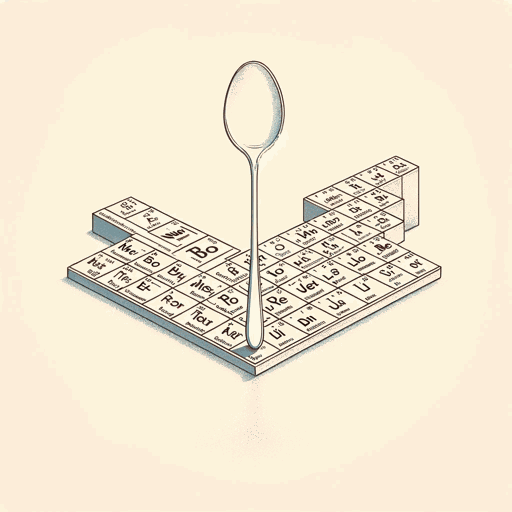93 pages • 3 hours read
Sam KeanThe Disappearing Spoon: And Other True Tales of Madness, Love, and the History of the World from the Periodic Table
Nonfiction | Book | Adult | Published in 2010A modern alternative to SparkNotes and CliffsNotes, SuperSummary offers high-quality Study Guides with detailed chapter summaries and analysis of major themes, characters, and more. For select classroom titles, we also provide Teaching Guides with discussion and quiz questions to prompt student engagement.
Part 4Chapter Summaries & Analyses
Part 4: “The Elements of Human Character”
Chapter 12 Summary: “Political Elements”
Chapter 12 delves more deeply into the political impacts of the elements. Late in the 1800s, young Marie Sklodowska moved from foreign-dominated Poland to France to earn her PhD in science; she met and married another scientist, Pierre Curie. Together, Marie and Pierre Curie undertook what Kean called “perhaps the most fruitful collaboration in science history” (204). First, they proved that uranium’s radioactive nature does not affect its chemical interactions with other atoms. The Curies received the 1903 Nobel Prize in physics for this discovery. Then they discovered two more elements, each highly radioactive. Marie named one of the new elements polonium in honor of her beleaguered homeland; the second, she named radium. Marie, recently widowed, won the 1911 Nobel Prize in Chemistry.
Marie’s daughter, Irene, following up on Marie’s work, “figured out a method for converting tame elements into artificially radioactive atoms by bombarding them with subatomic particles” from polonium (209), and won her own Nobel in 1935. The “cheap, artificial radioactive substances she made possible have since become crucial medical tools” (209) called tracers. Both mother and daughter died from cancers brought on by radiation.
The first tracer was developed to detect fraud at a boarding house. Ernest Rutherford’s student Gyorgy Hevesy suspected his landlady was recycling meat from one meal to the next.

